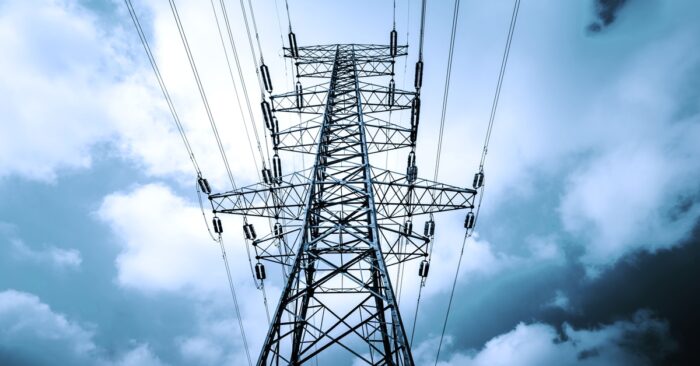A stable and balanced power grid is necessary for consumers to turn on their TV and coffee machines at any time of the day. However, with fluctuating renewable energy sources, responding to an immediate demand for electricity becomes even more challenging.
Why balancing the grid is so essential
As power grids transport electricity from power plants to consumers, they must ensure a balance between the generated and consumed power. If power plants generate more electricity than is consumed, the entire system is at great risk of shutting down. On the other hand, if more electricity is consumed than generated, blackouts might occur.

Therefore, balancing the grid is necessary for a stable power flow. Because you cannot control when consumers turn on their TV or brew a hot cup of coffee, you have to control and adjust how much power is produced.
With conventional power resources such as coal, gas, and oil, balancing the power is easy, as you can quickly turn the power production on and off depending on demand.
With more fluctuating power resources like renewables, this becomes more challenging. The power generated from renewables increases intermittency as production happens according to nature rather than consumer needs. No electricity is produced in wind or solar PV parks in cloudy or calm weather, respectively. This poses a threat to the stability of the grid.
The risk of renewables
In recent years, the movement towards a more sustainable future has fueled the renewable energy sector. More people see renewable energy sources as the means to accelerate the energy transition. Thus, the market for renewable energy is expanding rapidly. As wind turbines and solar PV modules play a more substantial role in producing electricity to consumers, the difficulty of maintaining a stable grid increases.
When you connect a growing proportion of renewables to the grid, weather becomes an increasing factor. Due to the unpredictable nature of the weather, power forecasting and meeting demand becomes more complicated. With many renewable plants connected to the grid, operators need to be flexible and quick in reacting to fluctuating conditions.
Grid codes are used as a security tool
To enable a smarter and more robust electricity infrastructure that accommodates the emerging challenge of more instability in power grids, standards and national grid code requirements have been enforced. These standards and codes describe important factors that must be considered when connecting any power plant to the grid.
The grid codes are initiated to ensure that the frequency and voltage variations are not out of balance when a power plant supplies energy to the grid, so power outages and grid damage can be avoided.
In many countries today, power plant owners need to comply with these grid code regulations to be connected to the grid. To do so, they need to be able to monitor and control their power output.
Comply with cutting-edge control systems
A way to comply with the specific grid code requirements is to use monitoring and control software systems (SCADA) to monitor and regulate the power output. It is the power plant owners’ responsibility to meet the local grid code requirements. Through control software, plant owners can send command signals to their renewable units and control the power output at the point of common coupling (PCC).
This solution also creates the opportunity to combine different renewable sources, as more control systems enable hybrid control in one system. When you can regulate the power produced from several different renewable sources in a unified system, it can balance out the variability of generated power of one resource type.
A grid that relies on power from many types of renewables, e.g., solar PV, wind, and hydro, will most likely experience less volatility in production. At the same time, with a unified control system across resource types, you can utilize the produced power more effectively because you can balance the power between the sources.
Energy storage is a game-changer
Another option for stabilization is the emerging development of energy storage. Storing the electricity from renewable sources can be a way of accommodating the fluctuating environment in renewable energy production.
In this way, plant owners don’t have to turn down production to comply with grid codes and set points at the grid. For example, on a very windy day, surplus electricity from wind turbines can be stored and saved for times of high demand. This ensures a more stable power input to the grid as well.
Energy storage is still in a developing phase but might as well be a game-changer in securing grid stability in a renewable future. Many new technologies – battery storage and Power-to-X, to name a few – are currently being developed worldwide.
Combined with the increasing options for power control, the emerging energy storage possibilities create a better environment for securing a stabilized and balanced grid in the future.










